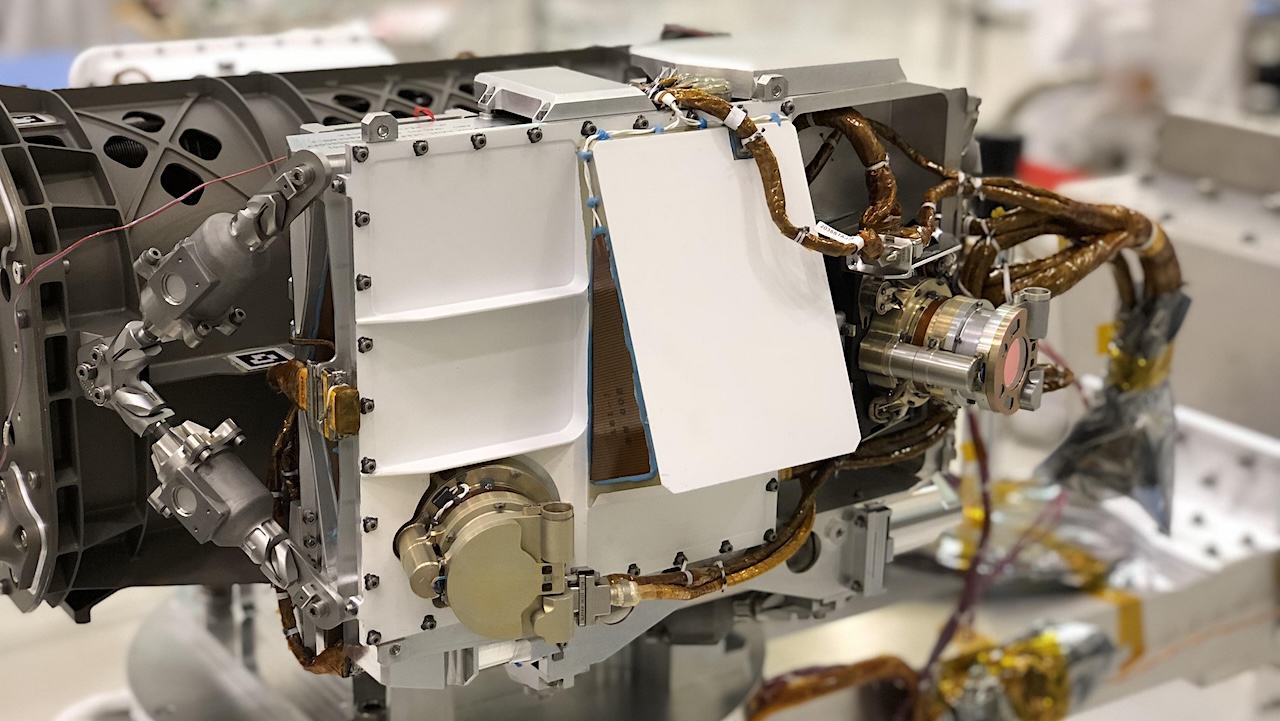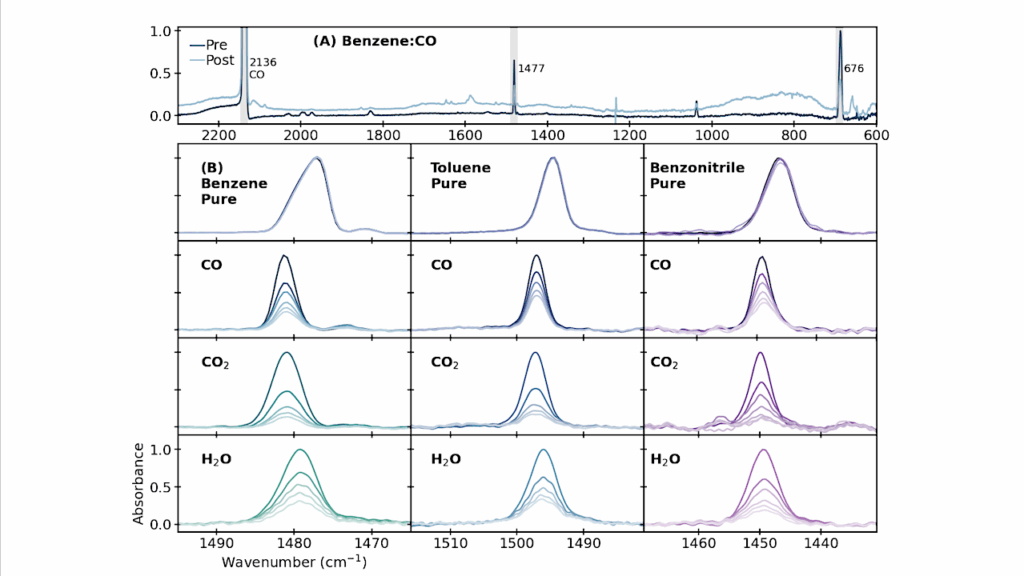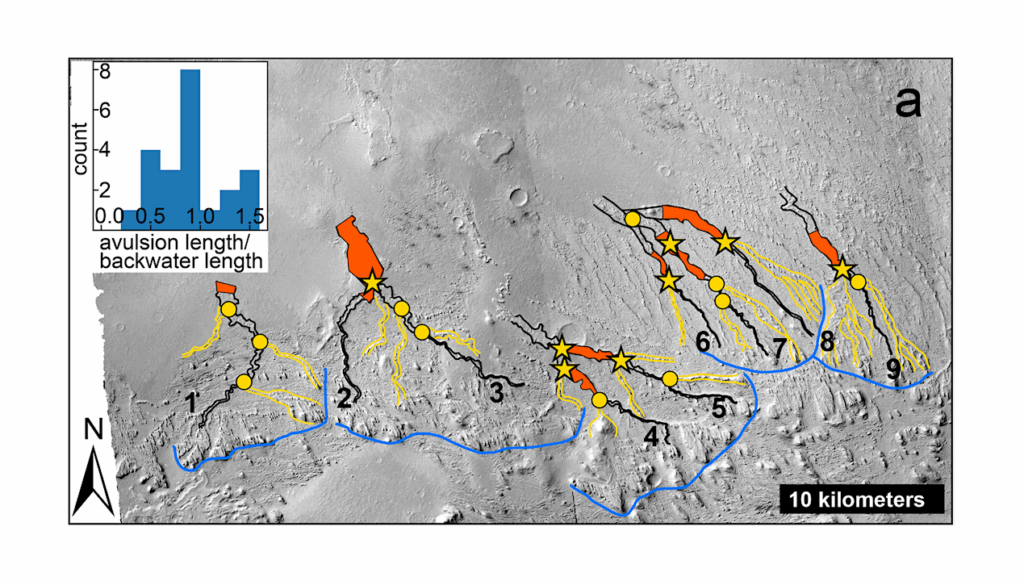Kerogen Detection in Neoarchean and Eocene Microbialites via Deep UV Raman and Fluorescence Spectroscopy Using a SHERLOC Analog Instrument

To date, the Mars 2020 mission’s deep-UV Raman and fluorescence instrument (Scanning Habitable Environments with Raman and Luminescence for Organics and Chemicals [SHERLOC]) has reported potential Raman detections of macromolecular carbon in data collected on the floor of Jezero crater and in Neretva Vallis, a valley incised through the Jezero crater rim and Margin Unit.
The crater floor detection is associated with a collocated fluorescence signal that has been interpreted to indicate the presence of small aromatic molecules and/or cerium-bearing phosphates.
Previous work has demonstrated that the potential macromolecular carbon detection is similar to data collected from abiotic macromolecular carbon in a martian meteorite. The work described here was performed to support the interpretation of this and any future possible SHERLOC macromolecular carbon detections by comparing the possible G-band to biologically produced macromolecular carbon (kerogen).
We report the results of collocated, in situ deep UV Raman and fluorescence measurements of kerogen preserved within Neoarchean and Eocene carbonate microbialites collected with a SHERLOC analog instrument.
Our results support the conclusion that SHERLOC has detected macromolecular carbon in Jezero crater that may be of an abiotic or biological origin and suggest that a carbonate mineral may be the source of the collocated fluorescence signal.
These findings reinforce the possibility that samples collected during the Mars 2020 mission may hold compelling evidence of ancient microbial life on Mars and the importance of delivering the samples to Earth for laboratory analysis to determine whether the material is biological in origin.
Kerogen Detection in Neoarchean and Eocene Microbialites via Deep UV Raman and Fluorescence Spectroscopy Using a Scanning Habitable Environments with Raman and Luminescence for Organics and Chemicals Analog Instrument, Astrobiology via PubMed
Astrobiology, Tricorder,








